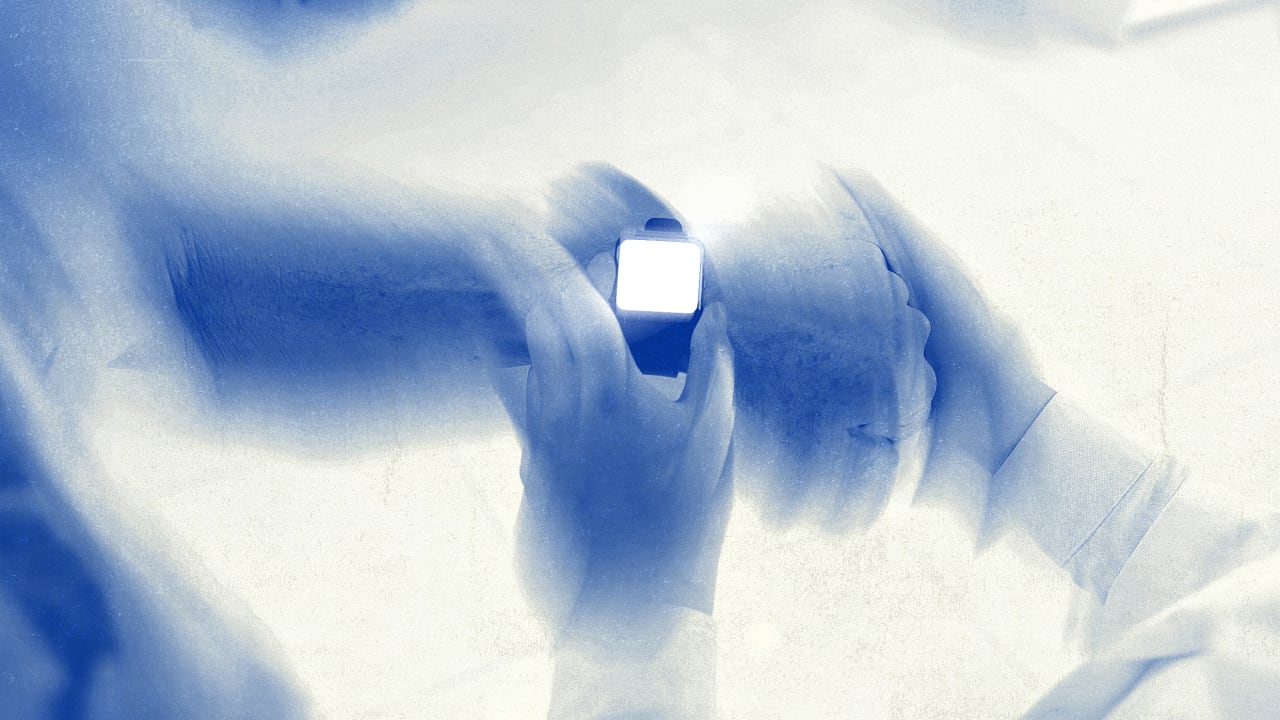How this Dutch startup is helping paralyzed patients move again
In 2012, when a tree fell on her family’s car, Jessie Owen’s life transformed. Both of her parents died, and the then-27-year-old Owen was paralyzed. “I lost everything overnight: my independence, career, home,” she says. “And it’s hard to rank them, but losing my autonomy to control my own body was up there.” Her spinal cord injury left her with some limited movement, but fine motor skills were especially challenging. Then, a few years ago, she took part in a clinical study of new technology: a device called ARC-EX, which temporarily attaches electrodes to the skin to stimulate sensory nerves in the spine. After a few weeks of therapy, Owen could tie her shoes, open a jar of peanut butter, and drink from a glass without a straw. “There’s a quiet dignity in needing less help,” she says. Results of the study appeared in Nature Medicine last year, showing improvements in hand strength or function among 90% of participants. Owen also saw her blood pressure stabilize, and she no longer had neuropathic pain. In the past, after an injury, patients with quadriplegia typically got three months of rehab and were then told nothing more could be done. The study showed it was possible to help people with 34-year-old injuries. The device, which spun out of research at UCLA, became the first of its kind to get FDA clearance last December. Headquartered in the Netherlands, the medical tech company Onward is bringing ARC-EX to market, with plans to use it at 10 clinics before it becomes widely available later this year. The company is also running studies on an implantable version and a third platform with a brain-computer interface that can help people move again using their thoughts. Explore the full list of Fast Company’s World Changing Ideas, 100 inspiring projects that are making the world more accessible, equitable, and sustainable for everyone.

In 2012, when a tree fell on her family’s car, Jessie Owen’s life transformed. Both of her parents died, and the then-27-year-old Owen was paralyzed. “I lost everything overnight: my independence, career, home,” she says. “And it’s hard to rank them, but losing my autonomy to control my own body was up there.”
Her spinal cord injury left her with some limited movement, but fine motor skills were especially challenging. Then, a few years ago, she took part in a clinical study of new technology: a device called ARC-EX, which temporarily attaches electrodes to the skin to stimulate sensory nerves in the spine. After a few weeks of therapy, Owen could tie her shoes, open a jar of peanut butter, and drink from a glass without a straw. “There’s a quiet dignity in needing less help,” she says.
Results of the study appeared in Nature Medicine last year, showing improvements in hand strength or function among 90% of participants. Owen also saw her blood pressure stabilize, and she no longer had neuropathic pain. In the past, after an injury, patients with quadriplegia typically got three months of rehab and were then told nothing more could be done. The study showed it was possible to help people with 34-year-old injuries.
The device, which spun out of research at UCLA, became the first of its kind to get FDA clearance last December. Headquartered in the Netherlands, the medical tech company Onward is bringing ARC-EX to market, with plans to use it at 10 clinics before it becomes widely available later this year. The company is also running studies on an implantable version and a third platform with a brain-computer interface that can help people move again using their thoughts.
Explore the full list of Fast Company’s World Changing Ideas, 100 inspiring projects that are making the world more accessible, equitable, and sustainable for everyone.





































































![https //g.co/recover for help [1-866-719-1006]](https://newsquo.com/uploads/images/202506/image_430x256_684949454da3e.jpg)

























![[PATREON EXCLUSIVE] The Power of No: How to Say It, Mean It, and Lead with It](https://tpgblog.com/wp-content/uploads/2025/06/just-say-no.jpg?#)




















































